Introverted with each other, irksome to food sources:
The name black widow spider accords well with the arachnid in question's adult appearance and behavior. Candy cane-striped spiderlings within a year become:
• dull black, lateral red and white-striped, narrow-bellied, solitary widower-like males; or
• glossy black, round-bellied, solitary widow-like females with red hourglass-like or two-dotted under-abdominal markings.
They count among the world's most venomous animals since a Lactrodectus genus member's bite causes all-body paralysis and liquefied interiors, to be sipped out, in insects and muscle pain and temporary paralysis in humans. Few predators, excepting mud-daubing wasps (Crabronidae, Sphecildae families) of similarly paralyzing venom, dare to stalk black widow spiders since black and red are Mother Nature's warnings of crass behaviors, smells, and tastes.
*****
website: http://www.rosenpublishing.com/index.php?option=com_content&view=article&id=40
*****


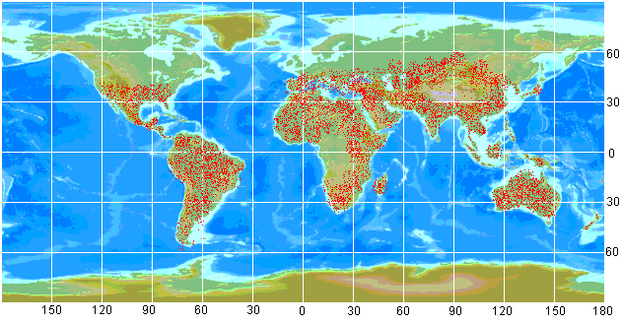
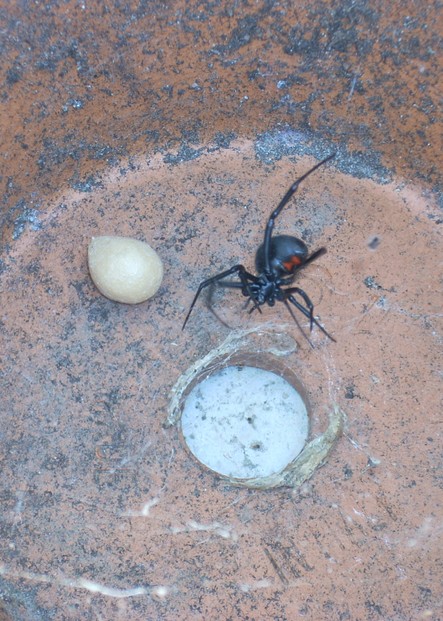
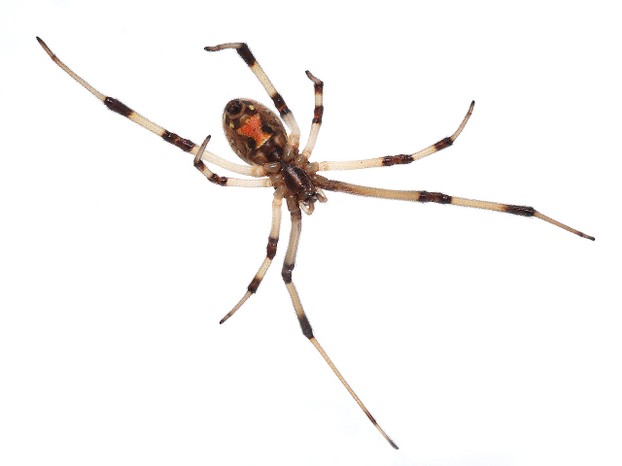
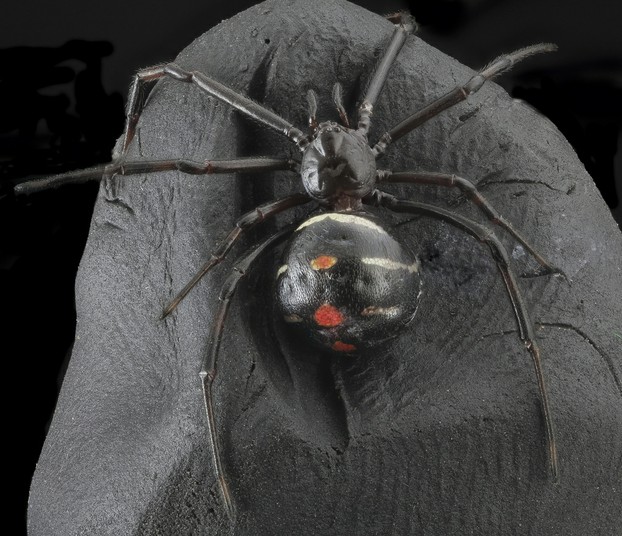
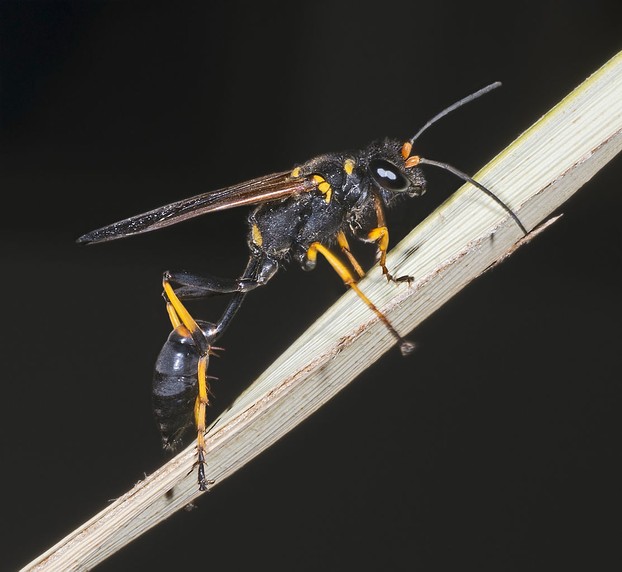
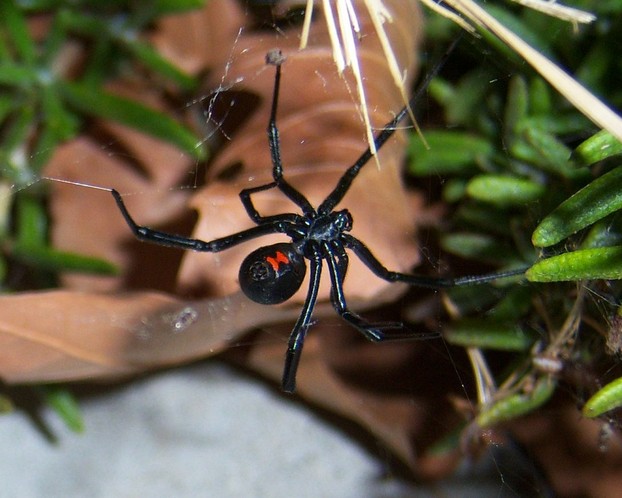
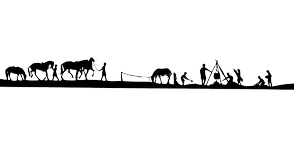


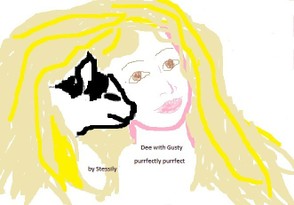
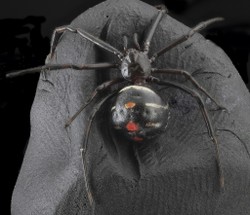

 Are Hawaiian Huakai Po Nightmarchers Avenging Halloween Thursday?on 10/02/2024
Are Hawaiian Huakai Po Nightmarchers Avenging Halloween Thursday?on 10/02/2024
 Mailing Addresses for 2023 Form 4868 Extending 1040 and 1040SR April 15, 2024, Due Dateon 04/15/2024
Mailing Addresses for 2023 Form 4868 Extending 1040 and 1040SR April 15, 2024, Due Dateon 04/15/2024
 Mailing Addresses for 2023 Forms 1040 and 1040SR Filed in 2024on 04/15/2024
Mailing Addresses for 2023 Forms 1040 and 1040SR Filed in 2024on 04/15/2024
 Mailing Addresses for 2022 Form 4868 Extending 1040 and 1040SR April 18, 2023, Due Dateon 04/13/2023
Mailing Addresses for 2022 Form 4868 Extending 1040 and 1040SR April 18, 2023, Due Dateon 04/13/2023

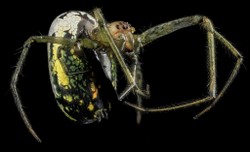
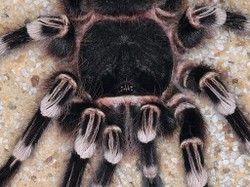
Comments